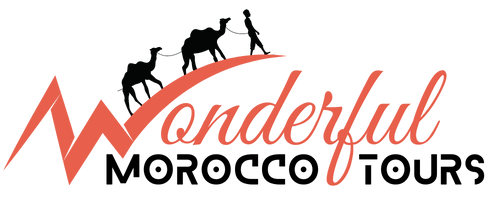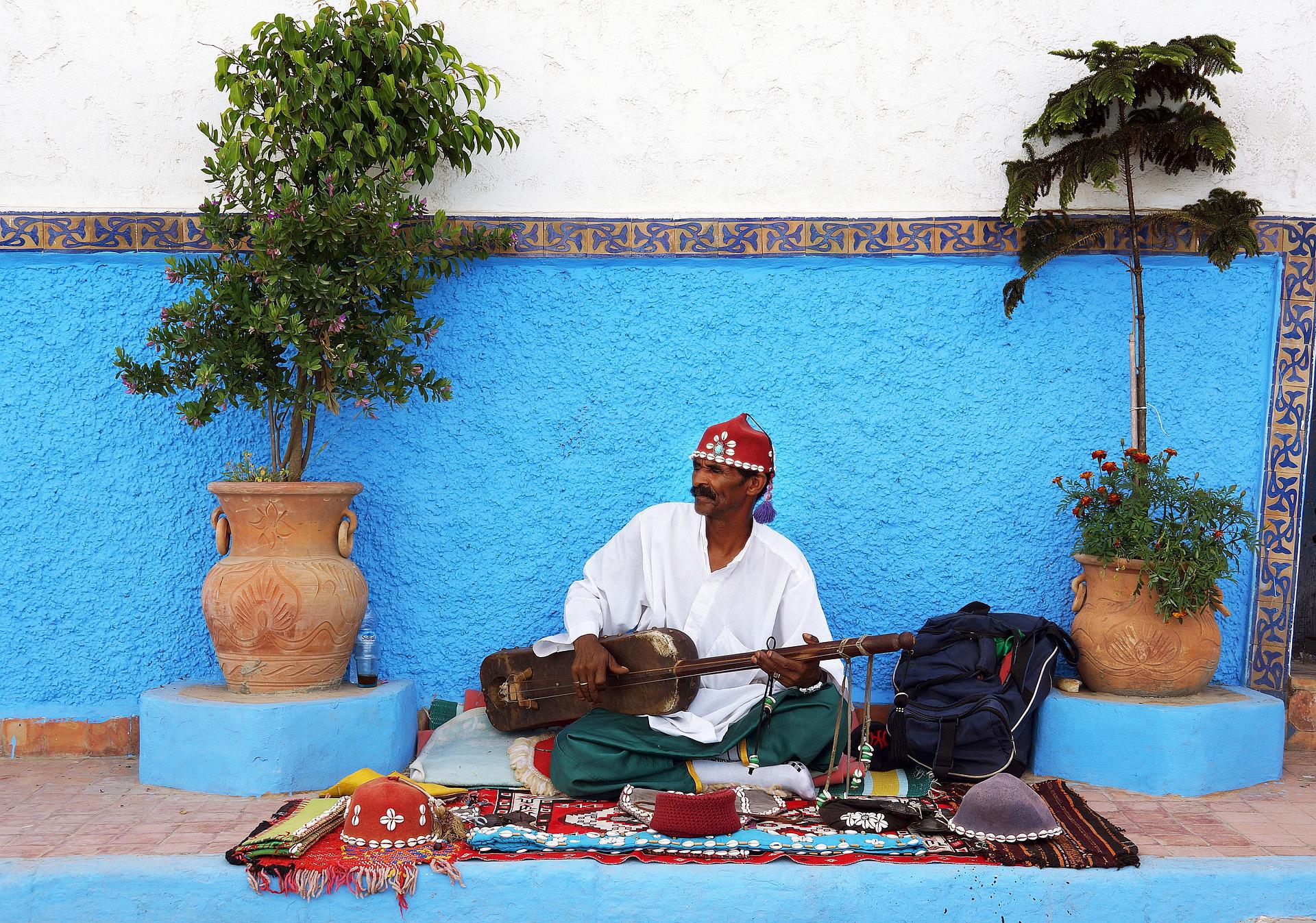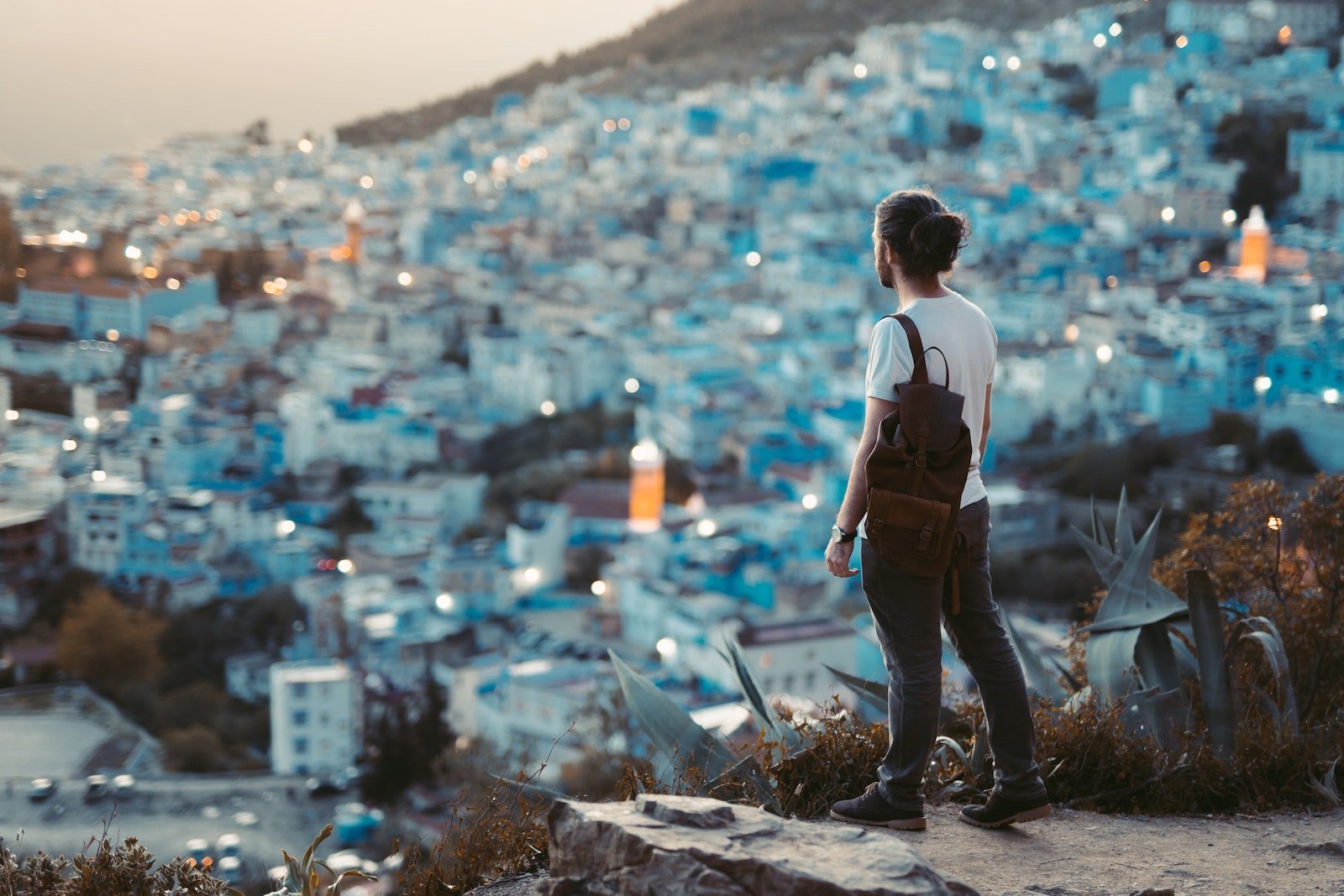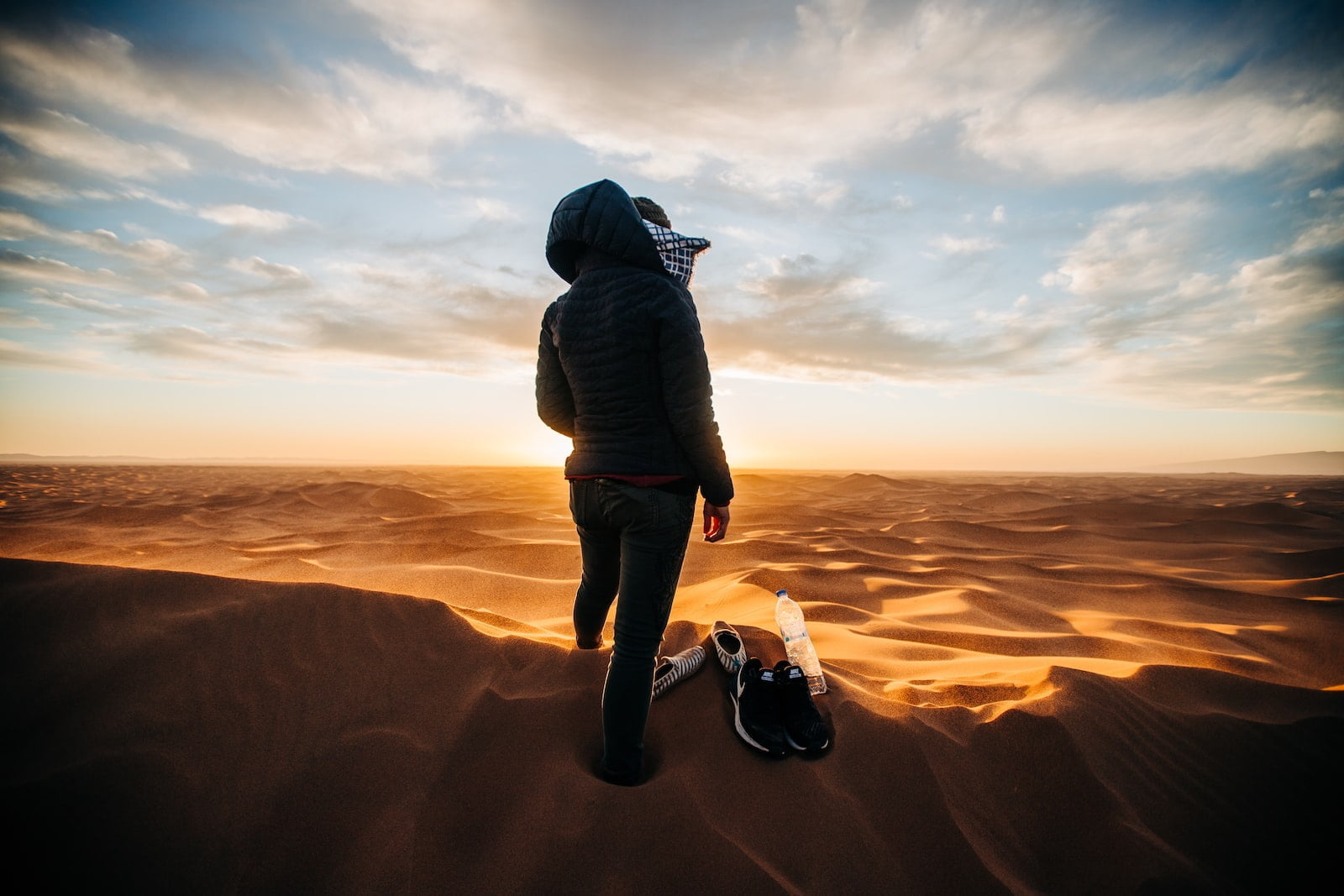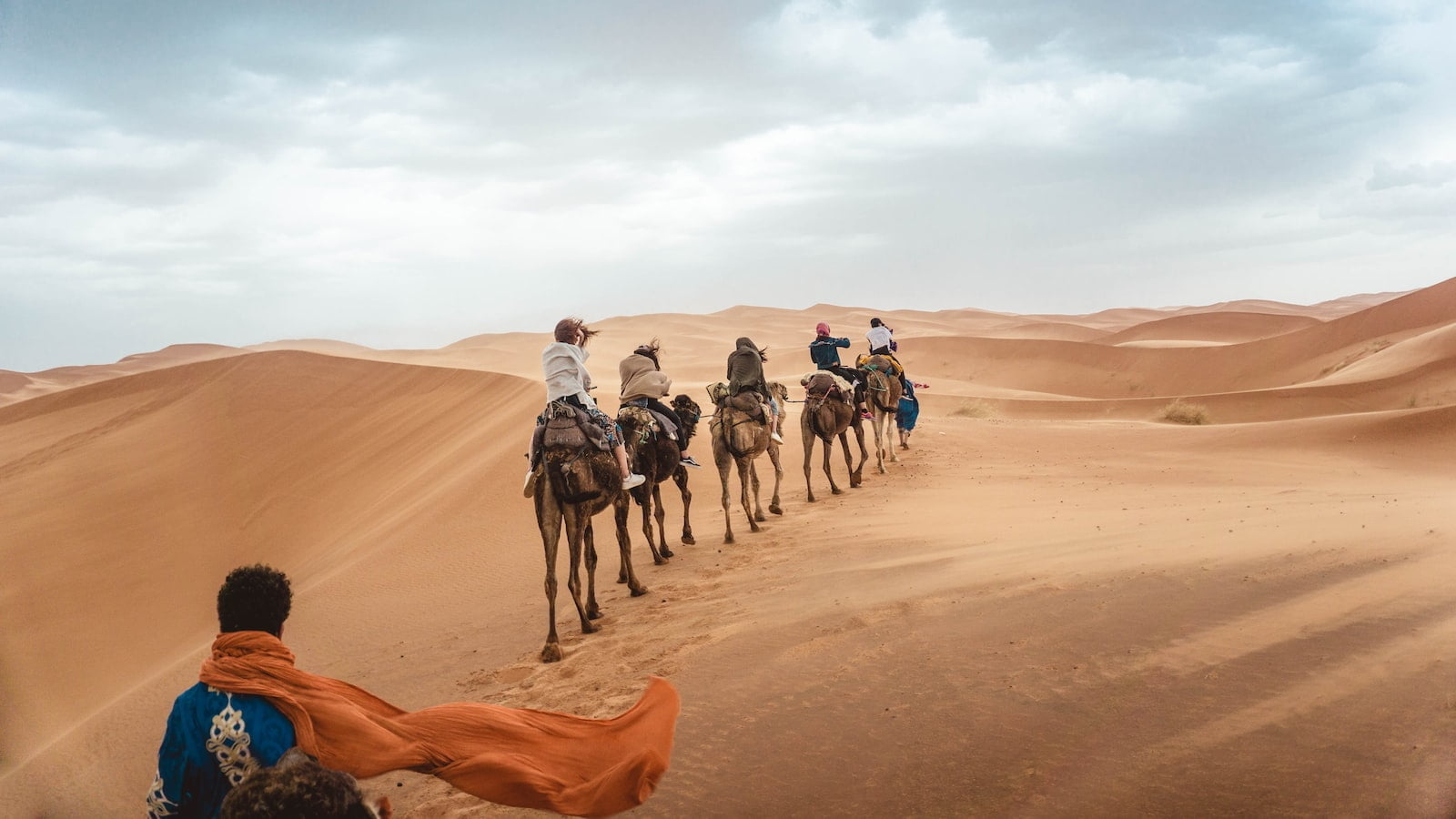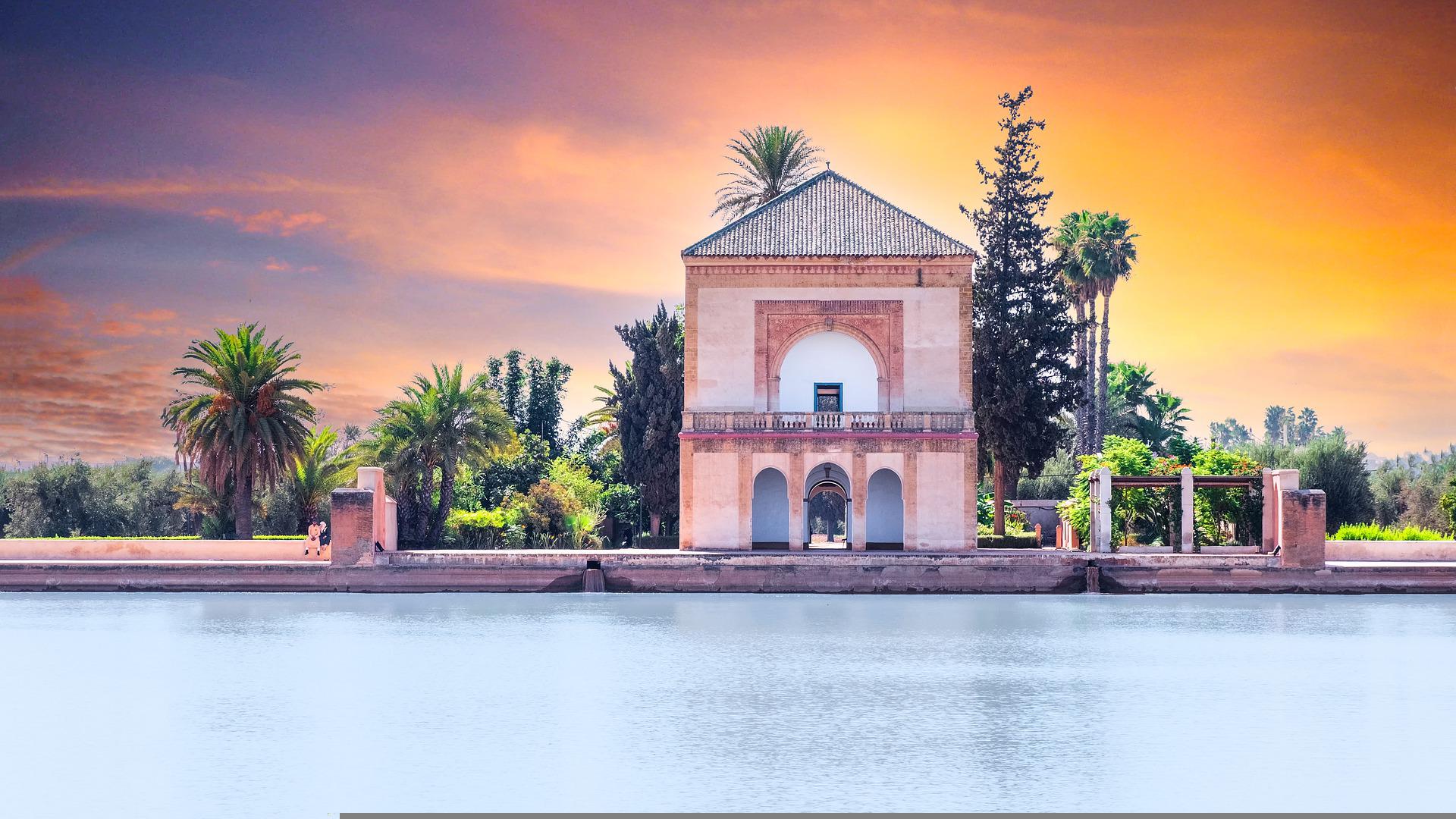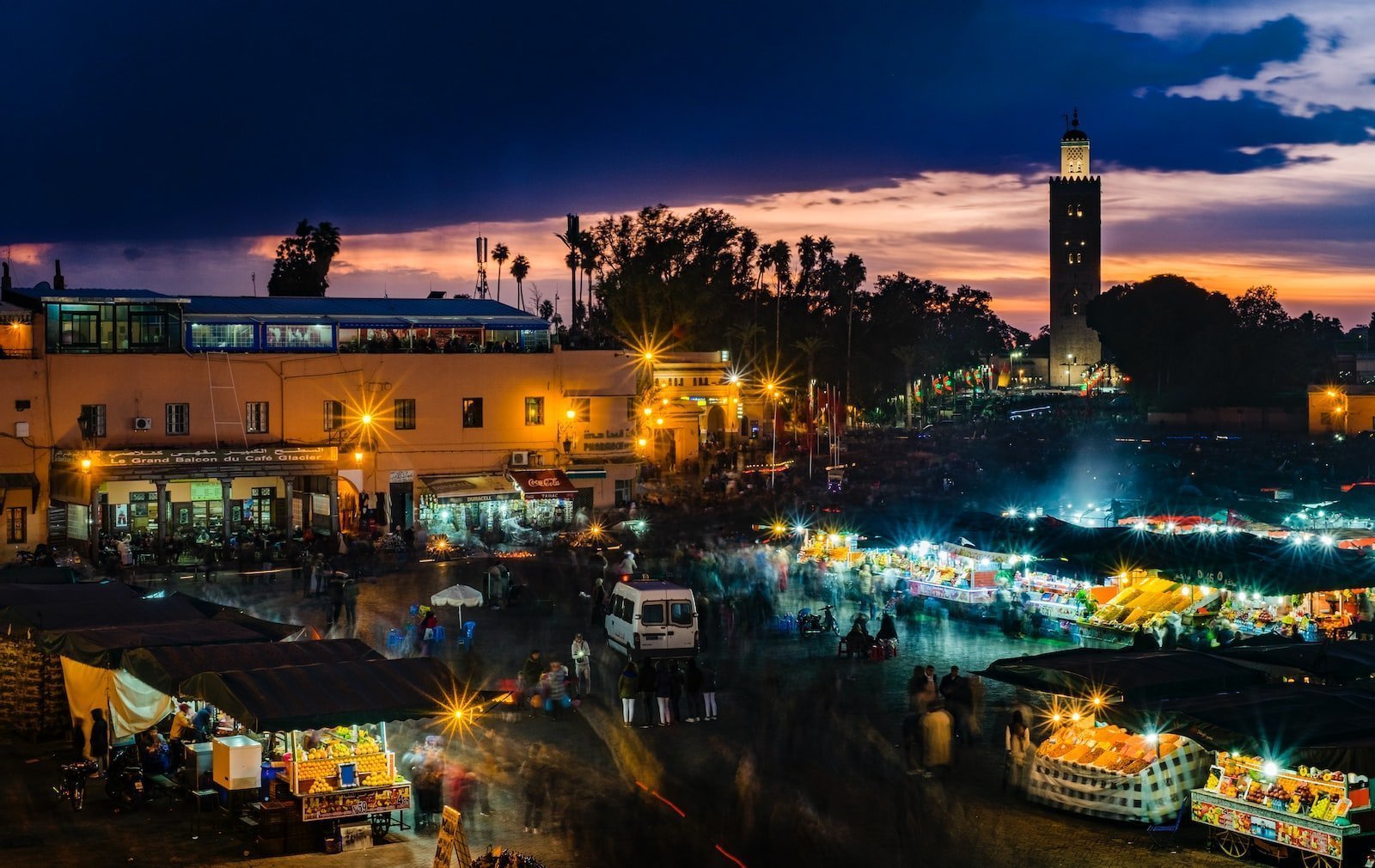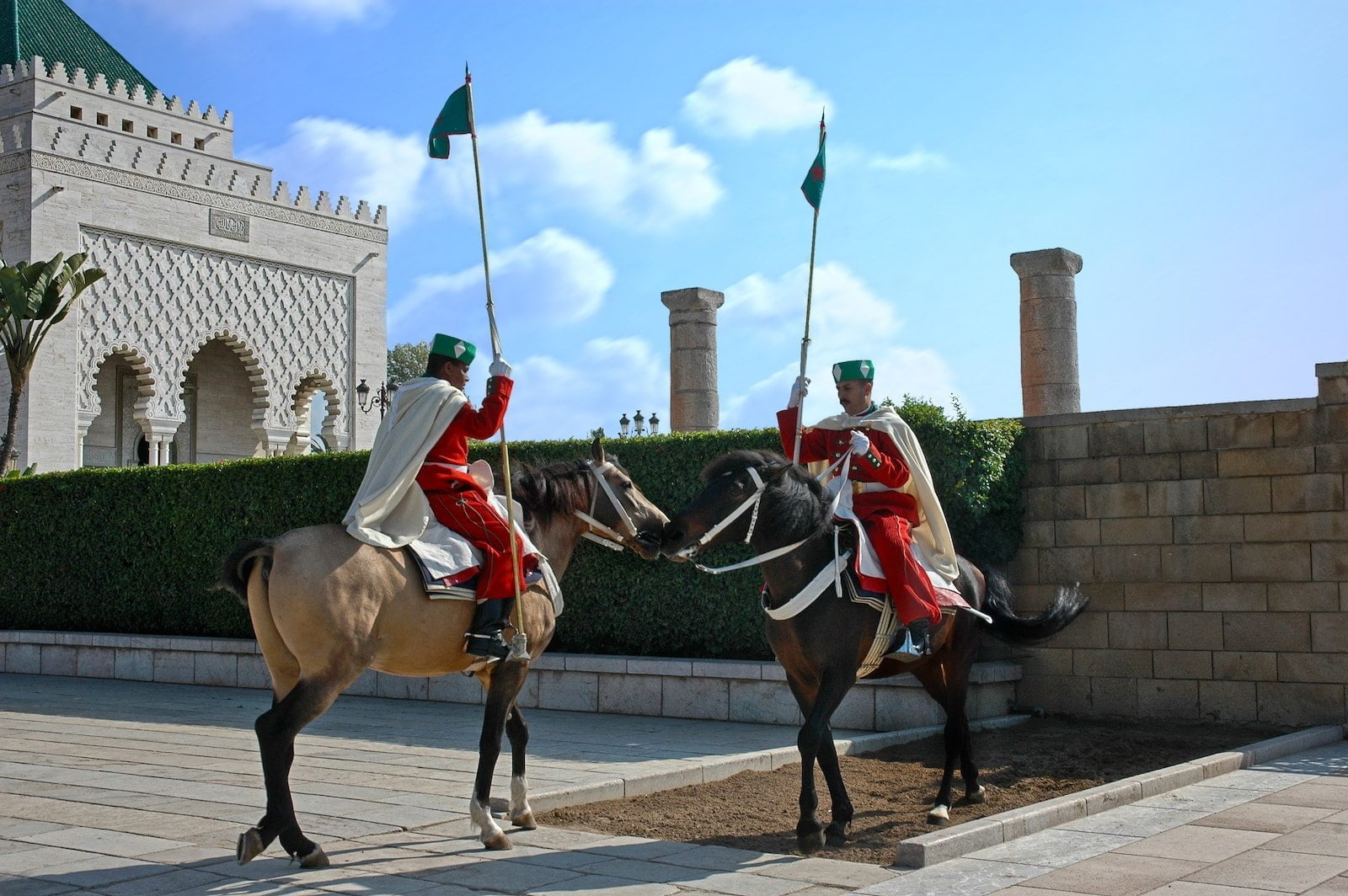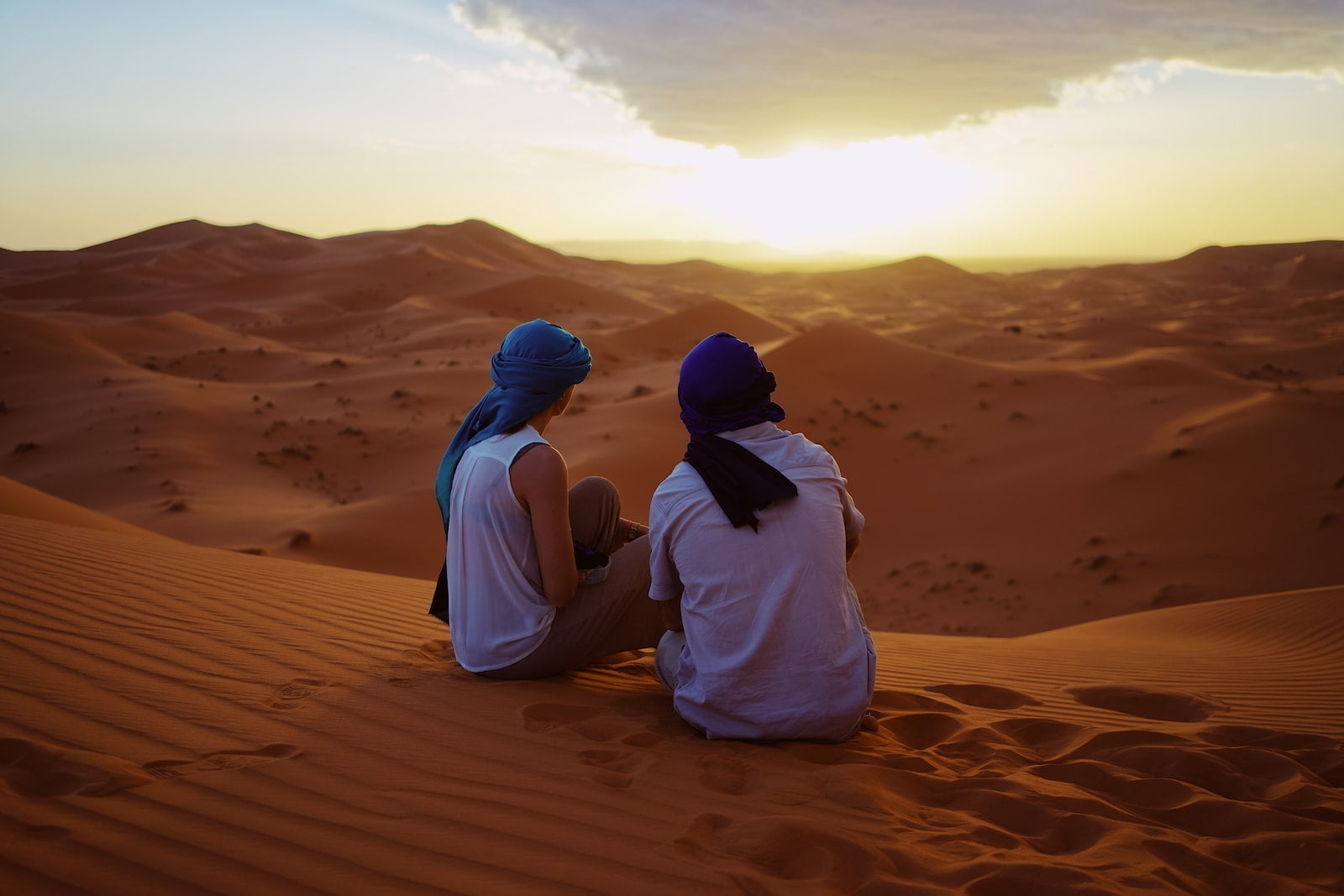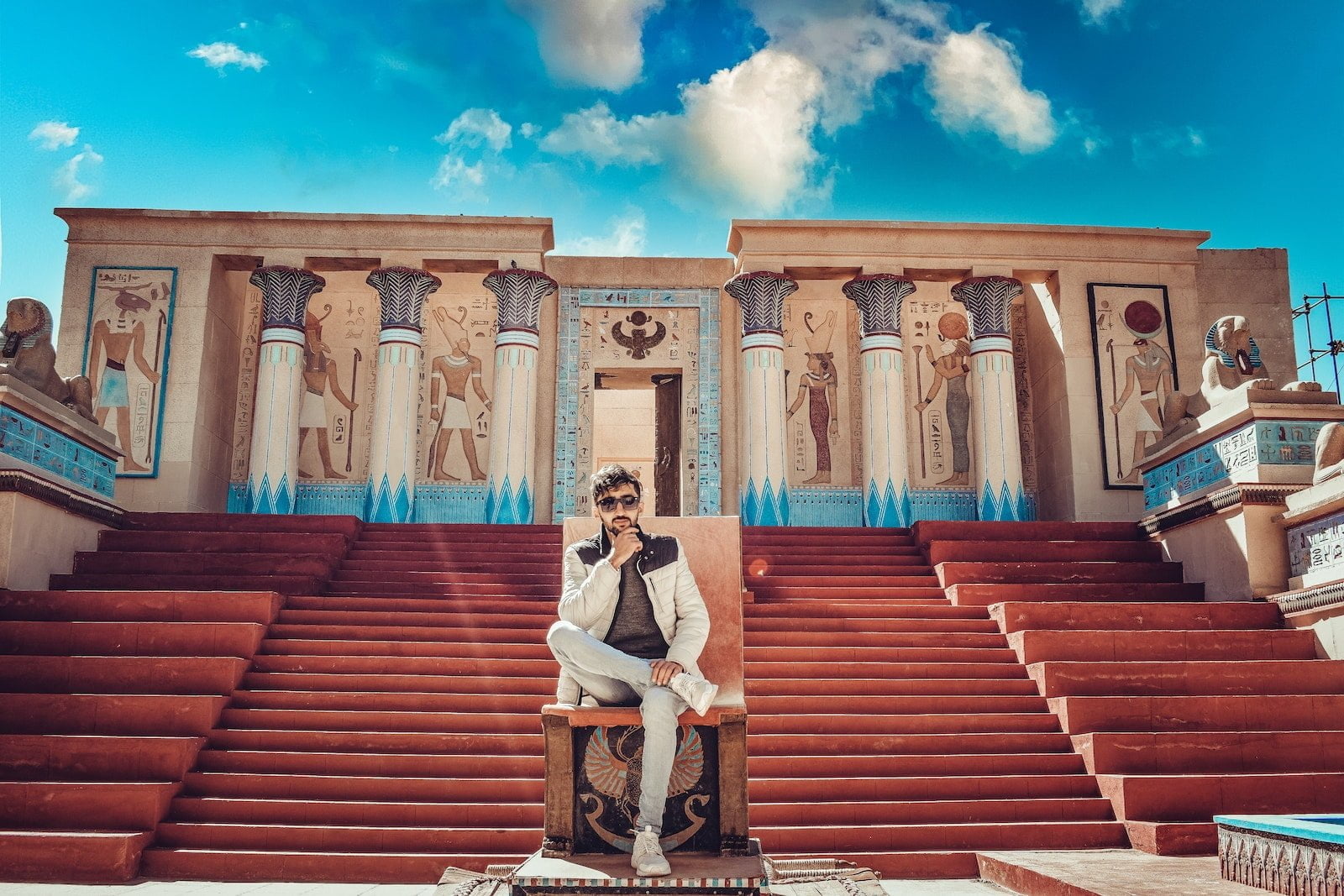Morocco
MOROCCO
Morocco is a North African country located on the Mediterranean Sea and the Atlantic Ocean. The land area of Morocco is 446,550 square kilometers, making it the fifty-first largest country in the world. The population of Morocco is over 33 million people, making it the sixty-second most populous country in the world. The capital city of Rabat has a population of over two million people.
History
The recorded history of Morocco goes back to the Berber kingdom of Mauretania, which was founded in the 8th century BC. The Arabs conquered the area in the 7th century AD, and the country was later ruled by the Almoravids, the Almohads, and the Saadians. Morocco became a French protectorate in 1912, and regained independence in 1956.
Early History
Though often considered a part of Africa, Morocco has been strongly influenced by the Arab and Berber cultures. The first Arab Muslims arrived in the 7th century AD, but it wasn’t until the 11th century that they began to gain real power in the country. The Berbers are the indigenous people of Morocco, and though they have intermingled with Arab and other cultures over the centuries, they still make up a large part of the population.
The early history of Morocco is marked by a succession of powerful empires and dynasties. The Almoravids, a Berber dynasty, ruled in the 11th and 12th centuries; they were followed by the Almohads, another Berber dynasty, in the 12th and 13th centuries. The Marinids, a third Berber dynasty, came to power in the 13th century and held it until the 15th century.
In 1415, Morocco was conquered by Arab crusaders known as the Wickedness; they rule remained relatively stable for more than 200 years. In 1659, Morocco was invaded by Spain; this marked the beginning of more than 200 years of colonial rule by European powers. In 1912, Morocco became a protectorate of France; this status continued until 1956 when Morocco regained its independence.
Colonial Morocco
In 1912, Morocco became a protectorate of France. This meant that the Moroccan Sultan no longer had complete control over his country and that France would take on the role of protector, while allowing the Sultan to retain his title. France’s main goals were to protect its investment in Morocco’s infrastructure and to exploit Morocco’s resources, such as phosphate mines.
France’s administration of Morocco was paternalistic, meaning that it saw itself as being like a father figure to the Moroccan people. The French government believed that it knew what was best for Morocco and its people, and therefore did not consult with Moroccans on decisions that affected them. This top-down approach often led to misunderstandings and resentment among the Moroccan people.
In 1930, the Moroccan nationalist movement began to emerge. This movement called for an end to the French Protectorate and for greater political and economic autonomy for Morocco. The nationalists were opposed by the French government, which saw them as a threat to its control over Morocco.
In 1956, France finally agreed to grant independence to Morocco . This was largely due to growing pressure from the United States and other Western powers, who were concerned about the spread of communism during the Cold War. After independence, Morocco faced many challenges, including high levels of poverty and illiteracy, as well as a lack of infrastructure .
Modern Morocco
In the 11th century, the Almoravids from the Ma’in dynasty overthrew thenorth AfricanBerber kingdom of the Ghumara. Their capital was Marrakesh, which they enlarged and embellished. The dynasty continued its controlsouthward through present-day Mauritaniaand into Spain, whereas others Almohad governors ruled in Algeria and Tunis. The Almohads were eventually overthrown by thelocal MoroccanBerbers in the 1200s. Although Morocco has known several centuries of foreign domination—notablyby Arabs, Persians, Spaniards, Portuguese, and Frenchman—the Berber identity of the country has remained strong.
Geography
Morocco is a country located in North Africa. It has a population of over 35 million and an area of 446,550 square kilometers. The capital of Morocco is Rabat and the official language is Arabic. The currency is the Moroccan dirham.
Physical Geography
Morocco is located in northwestern Africa and is bordered by the Atlantic Ocean and the Mediterranean Sea. The country has a diverse landscape with several different climate zones. The northern part of Morocco experiences a Mediterranean climate, while the southern part of the country has a more arid, desert climate. There are also mountains in Morocco, which experience a colder, Alpine climate.
Climate
There are many diverse climates in Morocco. The coastal areas have a temperate climate, while the interior and mountain regions have a more extreme climate. The coastal regions experience more moderate temperatures and more rainfall than the interior regions.
The Atlas Mountains region has an alpine climate with cool to cold temperatures and high amounts of precipitation. The Anti-Atlas region has a hot, arid climate with very little precipitation. And finally, the Sahara Desert region has a hot, dry climate with almost no precipitation.
Biodiversity
Morocco is considered a biodiversity hotspot due to its high levels of endemism (animals and plants that are found nowhere else in the world). According to Conservation International, Morocco hosts 11,050 species of plants (8.5% of the world’s total) and 524 species of terrestrial vertebrates (2.9% of the world’s total).
The Atlas Mountains, which run through the middle of the country, are home to a number of rare and endemic animals, including the Barbary macaque, Barbary deer, Barbary sheep and Barbary stag. The coastal regions are important for migratory birds, and the country has a number of important wetlands, including Oued Massa National Park and Oued Cherratin Nature Reserve.
People
The people of Morocco are incredibly hospitable and welcoming. They are also very diverse, with a range of different cultures and backgrounds. This makes for a very interesting and enriching experience when travelling to Morocco.
Demographics
The population of Morocco is around 34.8 million (2017), with a growth rate of 1.6%. The majority of the population is Arab-Berber (80%), with Arabs making up the largest group (45%). Other groups include West Africans, Europeans, Jews, and sub-Saharan Africans. The official language is Arabic, but Berber, French, Spanish, and English are also widely spoken.
The median age in Morocco is 26.4 years and life expectancy is 74.5 years (male: 72.0 years; female: 77.1 years). The infant mortality rate is 16 per 1,000 live births and the overall literacy rate is around 61%.
Language
Arabic is the official language of Morocco, but French is also widely spoken, especially in business and government. English is becoming more common, especially among the younger generation, but it is still not as prevalent as French or Arabic.
There are also a number of Moroccan dialects, the most commonly spoken of which is Darija. This dialect is a mix of Arabic and French, with Spanish influences as well. It can be difficult for outsiders to understand, but many Moroccans are bilingual in Darija and one of the other languages.
Religion
Islam is the religion of the majority of people in Morocco and is the state religion. The constitution of Morocco establishes that Islam is the religion of the state, guarantees freedom of thought, expression, and practice of other religions, and requires the state to protect those religious rights. According to government estimates, Muslims make up about 98.7% of the population.
The remainder consists mostly of Christians and Jews. Christians, most of whom are Roman Catholics or mainline Protestants (presbyterians, Methodists), make up approximately 1% of the population and are found throughout Morocco except in the eastern part of the country, where there are almost no Christians. Although Christians have experienced little or no official repression or interference with their worship practices in recent years, they sometimes complain about abuse or discrimination by police or officials in non-Muslim communities.
Jews total an estimated 3,000 persons and live primarily in Casablanca and Fez. Historically they have experienced little official repression or interference with their religious worship; however, they have been subject to popular/societal anti-Semitism, harassment from some Moroccans who blame them for Israel’s policies toward Palestinians in Gaza and the West Bank (see section 6), and occasional violence.
Culture
Morocco is a North African country located just a few miles from Europe. The culture in Morocco is a blend of Arab, Berber, African, and European influences. Morocco is known for its colorful architecture, music, food, and dance. The people of Morocco are hospitable and welcoming, and the country is rich in history and traditions.
Art
Morocco has a long and varied artistic tradition. Its art encompasses a wide range of influences, including Arab, Berber, African, European, and Jewish. The country is home to a number of important historical sites, such as the Alhambra in Granada and the Mezquita in Cordoba, which attest to the richness of its artistic heritage.
Moroccan art is characterized by its use of bright colors and intricate patterns. Traditional Moroccan crafts include woodworking, ceramics, glassmaking, metalworking, and weaving. These crafts are often used to create functional objects such as furniture and lamps, as well as decorative items such as jewelry and pottery.
The music of Morocco is also diverse, with influences from Arabic, Berber, Andalusian, and African musical traditions. Moroccan music is often performed on traditional instruments such as the oud (a type of lute), the rebab (a strings instrument), and the darbuka (a type of drum).
Architecture
Morocco has a rich and diverse architectural heritage, reflecting the many cultures that have left their mark on the country over the centuries.
The architecture of Morocco spans a wide range of styles and influences, from the ancient Roman ruins of Volubilis to the modernist buildings of Casablanca.
Moroccan architecture is a blend of Berber, Arab, Andalusian, Moorish, and French influences.
Some of the most notable examples of Moroccan architecture include the Alhambra palace in Granada, Spain, and the Hassan II Mosque in Casablanca.
Literature
Moroccan literature is examples of the cultural syncretism which has defined Morocco for so many centuries. Like other aspects of Moroccan culture, literature has been strongly influenced by a number of factors including Arab, French, and Berber traditions. In recent years, it has also been influenced by modernist and post-colonial literary movements.
One of the most important Moroccan writers is Mahmoud Messadi, whose 1924 novel Larbaa was the first modernist work in Arab literature. His novels and short stories explored themes of individualism and alienation, and were highly critical of traditional Moroccan society. Another important early writer was Muhammed Mrabet, who wrote in both Arabic and French. His work often dealt with the lives of poor Moroccan people, and he is considered one of the pioneers of magical realism in Arab literature.
During the 1950s and 1960s, a number of important works were published that explored Moroccon identity in the context of decolonization and modernization. Ahmed Sefrioui’s 1956 novel L’Etranger au Paradis tells the story of a young Moroccan who goes to Paris to study, and is shocked by the cultural differences he encounters there. Tahar Ben Jelloun’s acclaimed 1987 novel La Nuit Sacrée explores themes of racism and religious intolerance in Moroccan society.
In recent years, women have increasingly been making their mark on Moroccan literature. Fatima Mernissi’s 1993 book Dreams of Trespass: Tales of a Harem Girlhood is a feminist classic that tells the story of her childhood growing up in a harem in Fez. Leila Abouzeid’s novels explore the lives of women in rural Morocco, while Laila Lalami’s work focuses on questions of immigration and identity.
Music
Music is an integral part of Moroccan culture. The music of Morocco includes a wide variety of genres, including traditional folk music, modern pop music, and classical music. Traditional folk music is still popular in Morocco, and is often performed at weddings and other celebrations. Modern pop music has also become popular in recent years. Classical music is also performed in Morocco, and the country has a number of orchestras and other musical groups.
Cinema
Morocco has a long and rich cinematic history dating back to the early twentieth century. Moroccan cinema is well respected throughout the Arab world and has produced many iconic films, directors, and actors.
One of the most famous Moroccan films is “Casablanca” (1942), which was directed by Michael Curtiz and starred Humphrey Bogart, Ingrid Bergman, and Paul Henreid. The film tells the story of an American expatriate who must choose between his love for a woman and his duty to help her escape from Nazi-occupied Europe. Other notable Moroccan films include “Mimouna” (1966), “The Battle of Algiers” (1966), and ” Omar Gatlato” (1976).
Economy
The economy of Morocco is considered a relatively liberal economy governed by the law of supply and demand. Since 1993, the country has followed a policy of privatizing certain economic sectors which used to be in the hands of the government. In addition, Morocco has attracted foreign investors due to its low labor costs and its proximity to European markets.
Infrastructure
In Morocco, the road network has undergone a significant expansion since the early 2000s. The total length of the road network is now 23,500 km, of which 12,500 km are paved. The national network has been connected to the European network through a link with Spain (the Tanger-Med port). Air transport is still relatively underdeveloped in Morocco. The main airport is in Casablanca ( Mohammed V airport), which handled 8.4 million passengers in 2014. A new airport opened in Marrakech in 2013.
Industry
Morocco has a diversified economy with a strong agricultural sector, a growing manufacturing base, and increasing tourism receipts. However, the economy faces significant challenges, including high unemployment, limited human resources, and unequal regional development.
Tourism
Tourism is a major economic driver in Morocco, with the country welcoming over 10 million tourists annually. The industry directly employs over 400,000 people and contributes around $2.5 billion to the economy each year.
Morocco has a diverse range of tourist attractions, from its bustling cities and ancient medinas to its Atlantic Coast beaches and Sahara Desert oases. The country is also home to a number of UNESCO World Heritage Sites, including the medinas of Fez and Marrakesh.
In recent years, the Moroccan government has made a concerted effort to develop the tourism sector, with a focus on improving infrastructure and promoting sustainable tourism initiatives. These efforts have helped to boost visitor numbers and create jobs in rural areas, making tourism an important contributor to Morocco’s economic growth.
